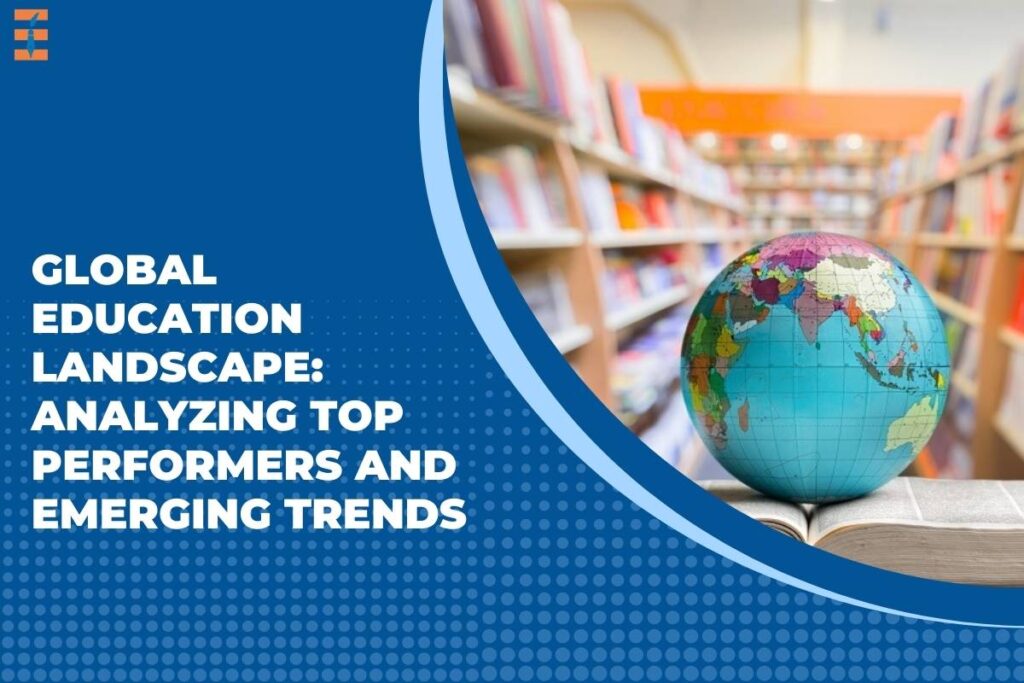Source- HRE USA
The landscape of global education is witnessing a remarkable transformation globally. According to UNESCO’s Higher Education Global Data report released in 2022, the number of students enrolled in higher education institutions worldwide has surged to over 235 million as of 2020. This figure represents a more than twofold increase from the 100 million students enrolled in 2000. Notably, the global gross enrollment ratio climbed to 40% in 2022. However, this growth is not uniformly distributed; Sub-Saharan Africa’s enrollment ratio lags significantly at 9%.
In Northern America and Europe, student enrollment constituted 40% of the global rates in 2000 but declined to 21% by 2020. Despite this decrease in proportion, the absolute number of students in these regions grew by 24% over the same period. Central and Southern Asia have seen the most dramatic rise, with student numbers increasing by an astonishing 286% from 2000 to 2020, growing from 13% to 21% of global enrollment rates.
Public institutions dominate global higher education, enrolling about two-thirds of students, while private institutions account for the remaining third. Notably, Latin America and the Caribbean have the highest private enrollment rates at 54%, contrasted by Oceania’s 15%. Moreover, the number of higher education institutions has expanded by 52% between 2006 and 2018 in 55 countries.
Secondary and Tertiary Education Attainment
A report from the Education Policy and Data Center on Global Education Trends projects that secondary education will become a standard for young adults in most countries by 2025, with Sub-Saharan Africa being a notable exception. Tertiary education attainment is anticipated to be highest among adults in Eastern European and OECD countries by the same year. This trend underscores a global shift towards higher education as a critical component of socioeconomic development and individual advancement.
Comparing Education Systems: Leaders and Laggards
Diverse education systems reflect varying levels of investment and outcomes worldwide. According to the Insider Monkey Global Education Index, the United States, the United Kingdom, and China are among the top countries with the best education systems. As of 2024, the United States allocates 5.44% of its GDP to education, with a per capita spending of $4371.
The United Kingdom spends 5.33% of its GDP on education, translating to $2606 per capita, while China invests 3.30% of its GDP, amounting to $414 per capita. Following these leading nations are Germany, Australia, Italy, and Japan, each contributing significantly to global educational standards.
Conversely, Somalia is positioned at the lowest end of the education index, with minimal investment in education and no universities listed in the QS rankings. Somalia’s education expenditure stands at a mere 0.27% of its GDP. South Sudan, the Central African Republic, and Burundi also rank poorly, reflecting severe challenges in educational infrastructure and accessibility.
Insights and Implications
These findings highlight stark contrasts in global education systems, driven by differing levels of economic investment, institutional capacity, and regional priorities. The substantial increase in higher education enrollment signals a positive trend towards greater access and opportunities for learning. However, the disparities between regions, especially in Sub-Saharan Africa, indicate ongoing challenges that require targeted interventions and international cooperation.
As countries strive to enhance their education systems, the focus on secondary and tertiary education attainment is critical. Ensuring that young adults worldwide have access to quality education is essential for fostering innovation, economic growth, and social progress. The diverse approaches and varying success rates among countries offer valuable lessons and opportunities for shared learning and collaboration in the quest for educational excellence.

